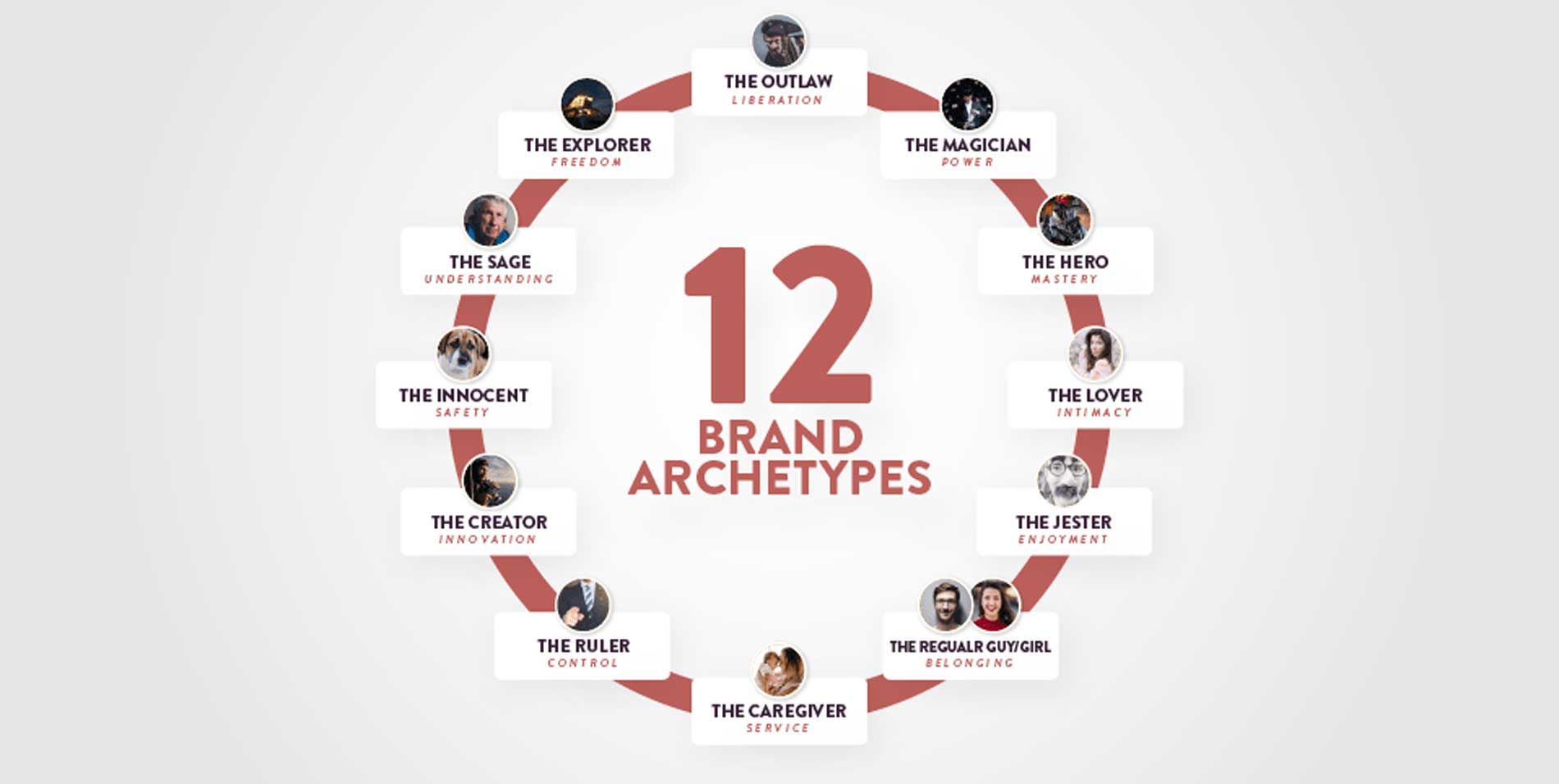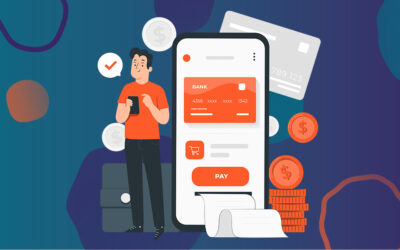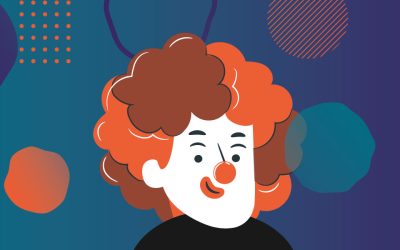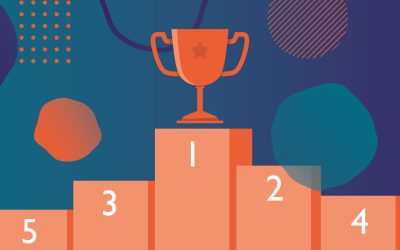What are brand archetypes?
Brand archetypes are universally recognised personas which a company can align its brand personality with – in order to connect with customers on a more human and relatable level. Used appropriately, brand archetypes are recognisable to customers in diverse cultures and demographics.
They’ve been adapted for marketing and branding purposes from the 12 Jungian archetypes created by psychiatrist Carl Jung.
This blog will explain each of the 12 brand archetypes, explore famous businesses that have adopted them and reveal their benefits for your own business.
Let’s get started.
What are the 12 brand archetypes?
The 12 brand archetypes are The Creator, The Outlaw, The Hero, The Innocent, The Lover, The Sage, The Explorer, The Regular Guy/Girl, The Ruler, The Jester, The Caregiver and The Magician.
Each archetype has its own specific goals, characteristics and strategies for attracting and interacting with customers. And while most businesses align themselves completely with one archetype when deploying branding, some use both a core archetype and an influencer archetype:
- Your core brand archetype represents the core of your brand identity, while the influencer archetype allows you to make subtle changes that add a dash of inimitable authenticity.
- Having an influencer archetype is a great way to differentiate your brand from competitors with same the same core archetype and make yourself really recognisable to consumers.
Now let’s take a look at each of the 12 brand archetypes so you can work out where your brand fits best.
1. The Creator brand archetype
Creator brands are driven by the desire to create products that provide customers with meaning and enduring value. They’re most commonly found in fields such as marketing, design and tech.
These imaginative brands dispense with the outdated and replace it with something new and innovative. Creator brands are concerned with imagination and self-expression and encourage their audience to live by these same values.
Creator brand archetype example: Apple is the perfect example of a creator brand archetype – it leads the way in technological advancement and produces first-class products which aid consumers in their everyday lives. And with its ‘Think Different’ slogan, the company actively encourages its audience to be unique and live their lives in their own way.
2. The Outlaw brand archetype
The outlaw brand is a revolutionary that lives life on the edge by flouting the rules and rebelling against authority.
Its aim is to build a cult following and it achieves this by conveying an uncompromising message to its audience about not settling for the status quo and seizing the day. However, the outlaw brand must be careful not to brashly push boundaries too far, otherwise it risks alienating its audience.
Outlaw brand archetype example: Harley-Davidson is a fantastic example of an outlaw brand. The motorcycle manufacturer encourages its audience to be free by riding off and exploring the world on their own terms. Everything down to the bar and shield logo represents the strength and rebellious nature of the outlaw.
3. The Hero brand archetype
The hero brand strives to make the world a better place. Companies in this category are problem solvers who create practical products which empower consumers to realise their potential and enable them to make a notable impact on the world.
Types of brand that fit this archetype include sportswear and sports equipment firms that create products which enable consumers to be brave and exceptional – and trades such as plumbers, electricians and mechanics who can swoop in and save customers from stress and danger in their darkest hour.
Hero brand archetype example: Nike is a shining example of the hero archetype. The sportswear consumer needs to be motivated and Nike perfectly targets that tension point. Its legendary slogan ‘Just Do It’ is a call to arms that endows amateur athletes with the gritty resolve and self-belief of elite sports champions.
4. The Innocent brand archetype
The innocent brand is characterised by youth, simplicity and optimism. Innocent brands celebrate the beauty in everyone and avoid marketing tactics which use guilt or negativity to encourage sales.
These businesses have strong values which are evident in everything they do, from their content creation to their manufacturing processes and carefully chosen business partnerships. This allows them to build up a reputation as a brand that’s authentic, trustworthy and reliable, and thus attract a loyal and engaged following.
Innocent brand archetype example: Cosmetics brand Lush represents the innocent archetype at its finest. The business is characterised by simplicity, with its products being handmade and package free. Lush also has clear and consistent values, which include being anti-animal testing and promoting ethical buying. This has allowed the brand to differentiate itself from competitors and strengthen its identity in the eyes of consumers.
5. The Lover brand archetype
The lover brand does exactly as the name suggests – helps people to find love. This love is not limited to the romantic variety, but embraces all kinds of affection, from familial to platonic and spiritual.
The core aim of the lover archetype is to make you associate their brand with the most intimate moments of your life, such as birthdays, anniversaries and even cosy nights on the sofa. The lover archetype appreciates the consumer and seduces them with its products – whether that’s a cathartic bottle of wine after a busy week on the grind or a box of chocolates for your significant other.
Lover brand archetype example: Hallmark is a lover brand archetype through and through. It aims straight for the heart with its famous ‘when you care enough’ motto. Whatever the occasion, consumers can turn to them to find a card or gift which conveys their love and appreciation to others.
6. The Sage brand archetype
The sage brand archetype is, in many ways, the opposite of the lover brand. Instead of targeting the heart, the sage aims for the head by bestowing wisdom and insight upon consumers.
This type of brand is engaged in the pursuit of truth above all else and attracts audience attention by demonstrating its vast knowledge through providing valuable information and expert advice and analysis which help people better understand the world.
Sage brand archetype example: Brands don’t come much more sage than Google, the search engine with all the answers, which (at the time of writing) accounts for an almighty 92.96% of the search engine market. It’s an oracle that consumers and businesses alike turn to through the course of their everyday lives for guidance and information and has become indispensable and hugely respected.
7. The Explorer brand archetype
The explorer brand archetype is something of an extrovert, pursuing a quest for fulfilment through discovery and new experiences. Explorer brands are ambitious, adventurous and pioneering – always on the lookout for new ways of doing business.
The types of businesses that fit this archetype are those that challenge consumers to step out of their comfort zone to try new things. Extreme sports brands fit the bill, as well as outdoor and travel companies.
Explorer brand archetype example: Jeep is a great example of an explorer brand because everything from its hardy products to its slogan ‘Go anywhere. Do anything’ is centred around freedom and discovery.
8. The Regular Guy/Girl brand archetype
The regular guy/girl brand archetype is a bit of a people pleaser (but not too showy) and it wants to connect with as wide of an audience as possible.
It’s one of the most difficult archetypes to pull off because a prerequisite is creating products which are popular across all demographics. However, it’s a fantastic fit for home and family lifestyle enterprises, everyday apparel companies and cafes.
Regular brand archetype example: Few brands have succeeded in attracting a diverse audience quite as effectively as eBay. It’s a platform where you can buy just about any type of product – clothes, electronics, cars and pretty much anything else. As such, it’s practical, useful and appealing to people from most walks of life.
9. The Ruler brand archetype
While the everyman brand seeks to please everyone, the ruler brand archetype focuses on a niche audience concerned with luxury and status.
Brands in this category rely on their products projecting themselves as high-quality, luxurious and superior to those of the competition. The ruler brand archetype is disciplined, dynamic and driven by a thirst for control. It succeeds by creating order where there is chaos.
Ruler brand archetype example: Rolex is undoubtedly the most robust ruler brand when it comes to luxury watches. It’s built up a strong reputation as the best of the best, evident by its strong presence at prestigious events such as Wimbledon. You don’t buy a Rolex because of its water-resistant features and exceptional timekeeping – it signifies your status.
10. The Jester brand archetype
The jester brand archetype is all about fun – it doesn’t take itself too seriously and lives for the moment, sometimes making impulsive decisions that could go either way. Brands that fit this category are focused on making customers smile and have a good time. Although it might seem like a niche archetype, you’ll find a wide array of businesses fit the jester persona, from confectionaries to professional services and alcohol brands.
Jester brand archetype example: Despite sitting at the premium side of the ice cream market, Ben & Jerry’s is a brand that exudes fun and laughter. From the witty flavour names (AmeriCone Dream, The Tonight Dough and Chunky Monkey) to cheeky ads offering DNA tests to customers, you can’t help but chuckle
11. The Caregiver brand archetype
The caregiver brand archetype is focused first and foremost on caring for and protecting others. Their focus is firmly on helping customers, so it’s rare that you’ll see a caregiver brand take shots at a competitor. Caregiver brands’ relationships with customers are built upon strong bonds of trust.
Brands best suited to the caregiver brand archetype are ones where the focus is on customer service, helping others and nurturing relationships – for example, non-profit organisations, healthcare services and education providers.
Caregiver brand archetype example: Food manufacturer Heinz has been feeding the nation for 150 years, making it a fitting example of a caregiver. The brand is constantly innovating – producing easy to cook microwavable products and resealable fridge pack products in order to meet the needs of modern consumers.
12. The Magician brand archetype
The Magician brand archetype is characterised by idealism, imagination and spirituality, and takes business to a whole new level. It doesn’t create a better hairbrush for you or help you overcome an everyday problem – instead, it inspires you to live your wildest dreams.
These brands hook consumers by promising a transformative experience, for example, a beauty brand whose products promise a fountain of youth with properties that reverse ageing.
Magician brand archetype example: Can you think of a brand more magical than Disney? It’s a company that has quite literally created its own alternative alchemistic world which brings joy and entertainment to children and adults alike. It’s an iconic and world famous brand that continues to grow and has cemented itself permanently in popular culture
What are the benefits of using the 12 brand archetypes - When you associate with one of the 12 brand archetypes it will help you develop tightly focused business goals which are easier to work towards and are totally relevant to your customer base.
- Choosing a core brand archetype is a template for embedding engaging voice, personality and messaging for your business that’s consistent and believable for your audience.
- When your brand has a relatable and recognisable personality, customers will feel more comfortable entering into a close, loyal and trusting relationship with you.
- Brand archetypes are inspirational to your employees as well as your audience. They enhance your values, help provide a clear direction for your business mission, unify your teams and ensure that everyone is working together towards a goal that’s commercially-focused but which transcends simple profitability.
Final thoughts on the 12 brand archetypes
- When you associate with one of the 12 brand archetypes it will help you develop tightly focused business goals which are easier to work towards and are totally relevant to your customer base.
- Choosing a core brand archetype is a template for embedding engaging voice, personality and messaging for your business that’s consistent and believable for your audience.
- When your brand has a relatable and recognisable personality, customers will feel more comfortable entering into a close, loyal and trusting relationship with you.
- Brand archetypes are inspirational to your employees as well as your audience. They enhance your values, help provide a clear direction for your business mission, unify your teams and ensure that everyone is working together towards a goal that’s commercially-focused but which transcends simple profitability.
Final thoughts on the 12 brand archetypes
In the digital age, consumers can get much closer to brands than ever before, so it’s becoming more important than ever for brands to have recognisable big personalities which audiences enjoy interacting with.
The 12 brand archetypes fit the bill perfectly here – they allow you to enhance your brand’s brilliance by putting your own unique spin on an engaging persona which your audience is already innately familiar with.
Choosing the right brand archetype elevates an everyday company to a ubiquitous brand that’s embedded in consumers’ collective consciousness – pick wisely and you’ll unlock a legacy of long-lasting success.
Need help building your brand? Contact us today for a chat.







